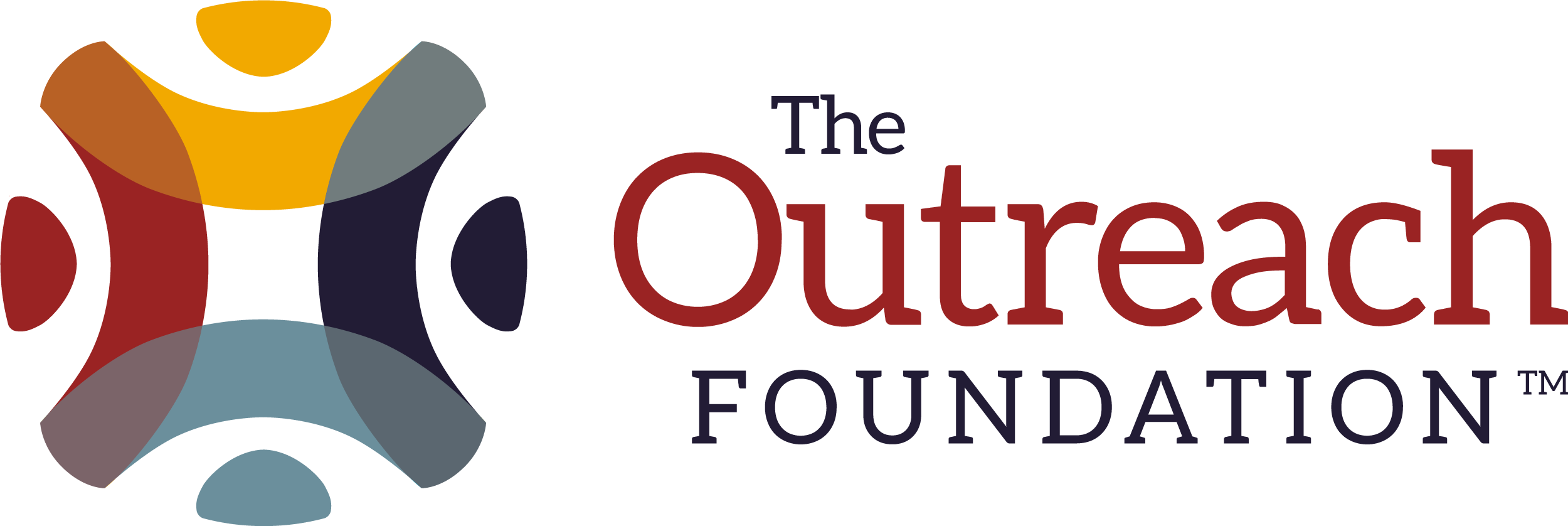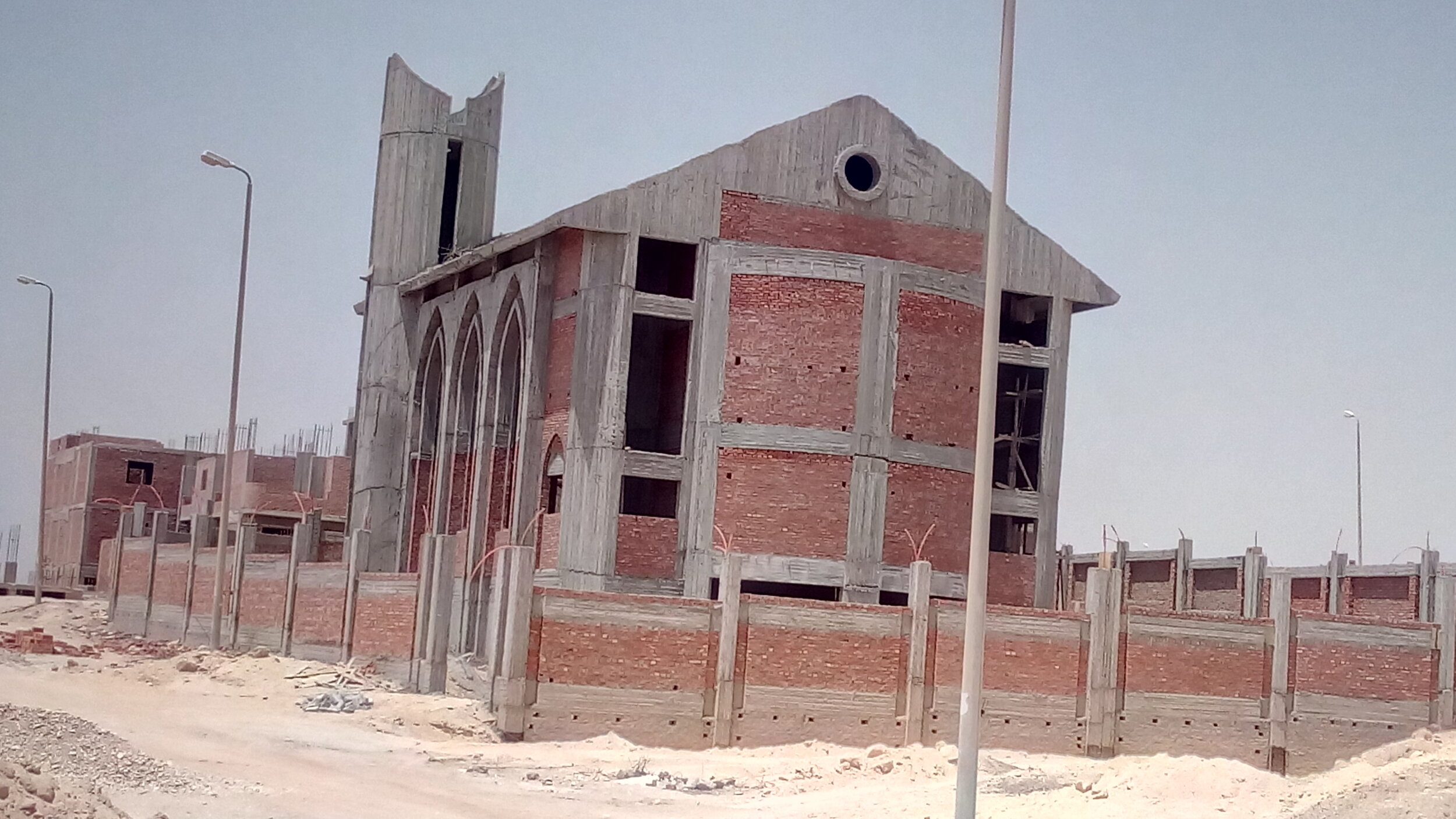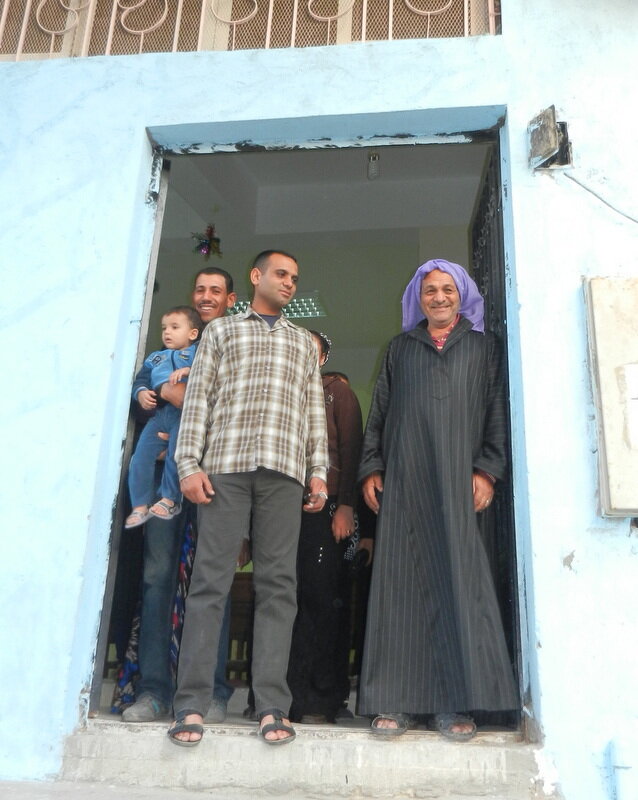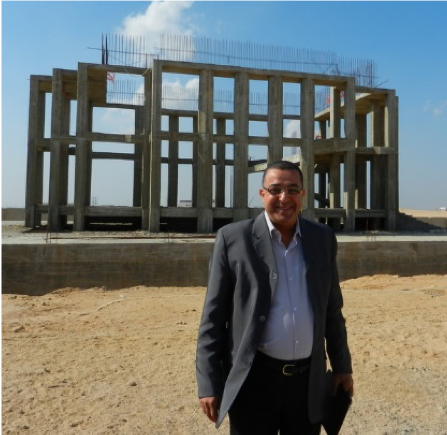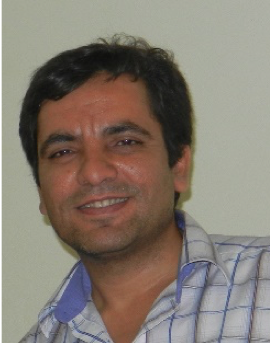A Vision for Church Planting and Church Revitalization
INSTALLMENT 16 OF THE HISTORY OF THE OUTREACH FOUNDATION IN EGYPT
by Jeff Ritchie
The Evangelical Presbyterian Church of Egypt has always had congregations that were passionate about starting new churches. Presbyteries were also initiators of church plants. However, at the Synod level of the EPCE, there was neither the staff nor budget to sponsor new church development at the time The Outreach Foundation began its work in Egypt.
The Synod’s New Vision for Mission and Evangelism: That situation changed in 2012 when the Rev. Dr. Tharwat Wahba became the Chair of the Pastoral and Outreach Ministries Council, the council charged with evangelism and church development for the Synod of the Nile. As Chair, Tharwat was in the right place within the Evangelical Presbyterian Church of Egypt to implement the vision for mission and evangelism that he and his colleagues had been casting for a dozen years. The Outreach Foundation was eager to join him in this work.
Dr. Tharwat developed a plan that included 3 components: the revitalization of existing churches, the planting of new churches, and mission beyond Egypt. This plan was based on what the Church in Egypt had learned from a decade of new initiatives, many of which had been supported by The Outreach Foundation.
In terms of new church development, churches were needed for the satellite cities that continued to be built outside Cairo. Internal migration from rural Egypt to Greater Cairo created brand-new population areas without a church. Beyond these readily observable opportunities, the Mission Department of the Cairo Seminary had been doing extensive demographic research on the whole of Egypt and had discovered thousands of population areas without a church.
Regarding the need to revive existing congregations, especially those without a pastor, Dr. Tharwat learned from the Lay Pastor Initiative that, in addition to outside support for the work, ordained pastors were needed to sustain the ministry over time. From the presbyteries, he compiled a list of their priority churches and sought out young seminary graduates with a calling to go to these churches needing revitalization.
The global mission component of the vision was a direct result of Tharwat’s doctoral research which focused on the participation of the Evangelical Church of Egypt in mission from the coming of the American missionaries in 1854 to 1970. During that time, the Egyptian Church sent very few cross-cultural missionaries to other countries. Tharwat’s mentor, the Rev. Dr. Swailem Hennein, and Dr. Swailem’s wife Samira, were the great exceptions to this practice. They were supported entirely by the Egyptian Church in the 1950s and 1960s as missionaries first to Sudan and then to Kenya. Tharwat’s conclusion from his research was that it was time for the Egyptian Presbyterian Church as a denomination to participate again in God’s mission outside Egypt as well as inside Egypt.
With the vision in place, and with the authority in his new role as Chair of the Pastoral and Outreach Ministries Council, Tharwat Wahba began to look for partners to come alongside the Church. He encouraged Egyptian Presbyterian congregations to sponsor a new church or a church in need of revitalization, and he welcomed the wholehearted commitment of The Outreach Foundation and other friends outside Egypt to join in the Council’s work.
PCUSA and ECO Partner with the Vision: Meanwhile, a couple of developments were taking place in the US which helped propel this vision. Mr. Jim Davis, Presbyterian layperson who had been deeply committed to Presbyterian missions for years made a million-dollar contribution through the PCUSA for work of the Church in Egypt. Of that total, almost 40% was designated for the work of the Pastoral and Outreach Ministries Council. The PCUSA also appointed a new Presbyterian mission co-worker, the Rev. Dr. Steve Gorman, to work with the Synod of the Nile from 2013-2015. As the Presbyterian Church’s point person for Egypt, Dr. Gorman stewarded PCUSA resources in Egypt and gave generous support to the work of the Pastoral and Outreach Ministries Council.
The second development in the US was that in the years 2012-2013 there was a fissure in the PCUSA. Hundreds of PCUSA congregations left the denomination for two other American Presbyterian communions, the Evangelical Presbyterian Church (EPC) and the Covenant Order of Evangelical Presbyterians (ECO). With the departure of this many Presbyterian congregations The Outreach Foundation, which had been established to promote the historic missions of the PCUSA, was concerned that these congregations might lose their connection to the rich legacy of Presbyterian mission, namely the wonderful, worldwide family of Presbyterian churches such as those in Egypt and in dozens of other countries. There was much strategizing among the staff of The Outreach Foundation on how to retain and even expand these global connections.
Egypt was of particular interest to several members of ECO churches who were connected to The Outreach Foundation: Mr. Tom Widmer, who at that time was Associate Director for Development of The Outreach Foundation and an elder at Third Church in Richmond, Virginia; the Rev. Brian Stewart, Mission Pastor of First Presbyterian Church, Greenville, South Carolina and Trustee of The Outreach Foundation; and the Rev. Fakhri Yacoub, Pastor of the Arabic Church in Richmond, Virginia mentioned in Chapter 10 above. Tom Widmer had been to Egypt, and Brian Stewart had heard exciting reports from staff and other Trustees at Board meetings about what was going on in Egypt. The Rev. Fakhri, having immigrated from Egypt, had his own connections with the vital work going on in Egypt.
A key factor in the interest of these ECO church leaders in Egypt was the vision of the Egyptian Church for new church development. This vision paralleled a priority mission of the newly-formed ECO to initiate new churches and missional communities. Within a short time, the two ECO presbyteries where the above-mentioned leaders were located began supporting specific new church developments and churches undergoing a revitalization. They visited these churches on their own or as part of Outreach Foundation trips. They invited Dr. Tharwat Wahba and other Egyptian Church leaders to speak in their churches and at meetings of their Synod. This too was an incredible encouragement to the work of the Pastoral and Outreach Ministries Council.
Global mission, the third component of the Synod’s mission vision, has seen notable developments. The Pastoral and Outreach Ministries Council has sent a long-term missionary to Gaza, several pastors to Basra, Iraq (with Outreach Foundation support), and has set aside a part-time staff person to oversee eight churches for Sudanese refugees in Egypt. Mr. Hany Bareh, the staff person for the Sudanese work, also does short-term mission work in South Sudan and in Sudanese refugee camps in Ethiopia (as part of Outreach Foundation teams). Egyptians have been involved in short-term missions among refugees in Europe, and a new initiative that will hopefully involve church planting in northern Iraq is being explored. New mission opportunities are surfacing daily.
To coordinate all this work, Dr. Tharwat has brought together a staff of nineteen persons and an advisory council that includes seasoned mission leaders. When asked about the results of his vision over the past eight years, he says in amazement and with great humility that the culture of the denomination has changed. A vision for new church development cast at the Cairo Seminary two decades ago is no longer an initiative; it has become a movement. Since 2004 the number of churches in the Synod of the Nile has increased from 311 to 419. A whole generation of young pastors are eager to start new churches, go to rural areas to serve churches in need of revitalization, or be sent to another culture as cross-cultural missionaries.
For The Outreach Foundation, this work over two decades is an amazing testimony to the work of God among a people wholly dedicated to God. The evangelism and mission initiative of the Synod of the Nile illustrates the truth of Jesus’ parable of the woman who added a little yeast in a lump of dough. The “yeast” of the vision cast at the Cairo Seminary and molded into new and revitalized churches has over time risen into lovely, outwardly-focused communities of the kingdom of God and a source of joy to the whole church in Egypt.
As this chapter concludes, a word of caution must be spoken. Egypt is a majority-Muslim country. The relative freedom of Egyptian Christians to carry out such an expansive outreach during the past five or six years since the Arab Spring might not last. But as long as the Evangelical Theological Seminary in Cairo continues to cast a missional vision for its students, Church in Egypt will find faithful, creative, and courageous ways to engage in mission and evangelism within and beyond Egypt.
Case Studies in New Church Development and Church Revitalization: Space does not permit the many reports that have been sent to The Outreach Foundation over the years about the exciting work of new church development and revitalization. Two stories will be shared in the appendix below.
Appendix
August 2014
Dear Friends,
Depending upon where you want to draw the boundary lines, you are looking at about nine million people – making Cairo not only the largest city in Africa but in the entire Arab world. The Presbyterian Church in Egypt has a vision to see the Church greatly expanded in that strategic city and has 22 New Church Development projects currently underway there. One of those can be found in a brand-new master-planned “satellite city” which is already home to over 250,000 people: Obour City. Driving through, it appears to have a lot of the trappings of a western upper-middle-class suburb, complete with a large modern shopping mall featuring a Chili’s and a Starbucks. On the outer edges where huge apartment complexes are under construction on the verge of the desert, a concrete “skeleton” atop an imposing platform marks the place where a new Presbyterian church is taking shape. Rev. Awni Salib was doing ministry in Germany before hearing a call to return to Egypt. Not long after that, the Morsi government, remarkably, gave the land for this new church plant – part of the master plan for the community (usually, the Protestants and the Orthodox are each given a plot). This is not, however, a case of “if you build it, they will come” because there are already 85 people in the area eagerly awaiting its completion, and many more are expected.
Driving back towards the main part of Cairo, you pass the poor areas where those seeking a better area have migrated from the villages in the middle of the country. Unable to afford rent in the city itself, they have put up simple brick houses connected by unpaved streets, spotted with small piles of irregularly collected trash. No malls or amenities here in Gebel Asfar. Gemy Wagih’s family lived here, as did other poor Presbyterian families from Assuit, looking for jobs. But Gemy was following a call and was accepted to study at the Evangelical Theological Seminary in Cairo. One of his first classes was being taught by Dr. Sheriff, a professor of mission, who shared data indicating that there were more than five million Egyptians who had no access to a church anywhere near where they lived. Gemy began to weep….he lived in one of those areas: Gebel Asfar. His tears watered the seeds of a vision, and now Rev. Wagih has begun a Presbyterian fellowship group in a rented storefront in Gebel Asfar. They are 20 in number, and when they reach 30 (enough to pay a small salary for their pastor) they can organize. They already are searching for their own piece of land upon which to build a sanctuary.
Grateful for your partnership, Marilyn Borst, Associate Director for Partnership Development
